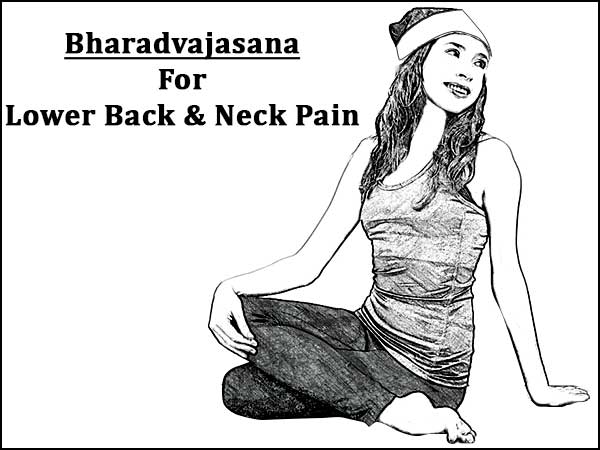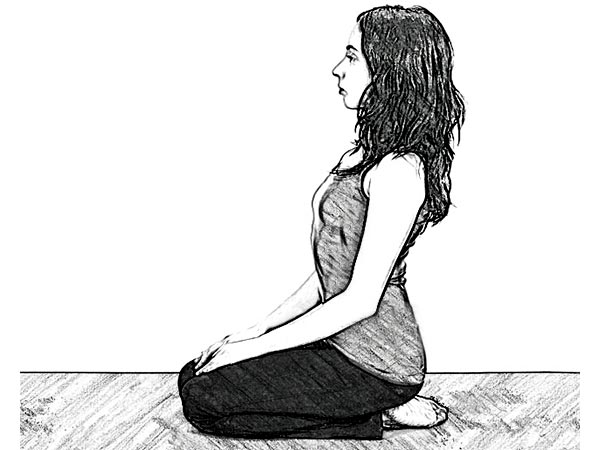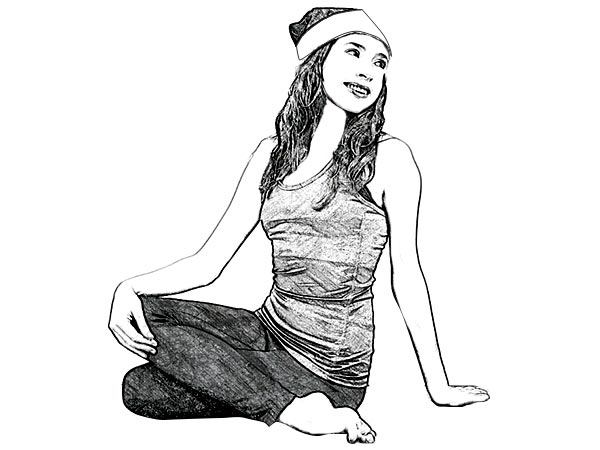Just In
- 27 min ago

- 37 min ago

- 1 hr ago

- 1 hr ago

Don't Miss
- Sports
 IPL 2024: No Place For Sanju Samson in Irfan Pathan's 15-Member Indian T20 World Cup Squad
IPL 2024: No Place For Sanju Samson in Irfan Pathan's 15-Member Indian T20 World Cup Squad - Movies
 Arti & Dipak Sangeet: Bride-To-Be Turns Up Emotions As She Dedicates Song To Krushna Abhishek, Watch Video
Arti & Dipak Sangeet: Bride-To-Be Turns Up Emotions As She Dedicates Song To Krushna Abhishek, Watch Video - News
 ByteDance To Sell TikTok Or Face Ban In US: Senate Passes Bill
ByteDance To Sell TikTok Or Face Ban In US: Senate Passes Bill - Automobiles
 Kia Carens Earns Mixed Safety Ratings Amidst Growing Popularity In India
Kia Carens Earns Mixed Safety Ratings Amidst Growing Popularity In India - Finance
 Okay Play India Posts 12.79% Revenue Growth In Q4 After 1:10 Stock Split Approval
Okay Play India Posts 12.79% Revenue Growth In Q4 After 1:10 Stock Split Approval - Education
 Karnataka SSLC Class 10 Result, Tentative Date, How and Where to Check KSEAB Result 2024
Karnataka SSLC Class 10 Result, Tentative Date, How and Where to Check KSEAB Result 2024 - Travel
 Fly in Luxury: 10 Ways to Get Free Flight Upgrades
Fly in Luxury: 10 Ways to Get Free Flight Upgrades - Technology
 Realme Narzo 70 & Narzo 70x Launching Today in India: Check Price, Specs, Live Stream Details
Realme Narzo 70 & Narzo 70x Launching Today in India: Check Price, Specs, Live Stream Details
Bharadvajasana (Bharadvaja's twist ) For Lower Back & Neck Pain
Recently, there have been an increasing number of people complaining of lower back pain or neck pain.
It isn't just the elderly, but young adults and teenagers too are slowly becoming victims of this rising lower back and neck pain.
Changing lifestyle and work style along with the lack of proper exercises are few among the causes of lower back and neck pain.
Also Read: Yoga Asana For Sciatica Pain
It starts off with a normal slight pain, but sometimes this pain gets so severe that it also affects the day-to-day activites of people.
So what do we do when we have this pain? The first thing we normally do is just pop in a painkiller or apply pain balm and spray. But all of these are just temporary solutions to the pain.

If you are looking out for a permanent solution, then yoga could be the best answer for such lower back and neck pain.
Yoga, an ancinet form of exercise is slowly gaining popularity across the globe. Some have been practising it for its health benefits, while some others are doing it for staying fit and fine.
Also Read: Yoga Asanas For Headache
Bharadvajasana is one simple yoga asana, which has innumerable health benefits and can be done by all, including beginners.
In case of such lower back and neck pain, Bharadvajasana is one of the best yoga asanas to be practised. Have a look at the step-wise procedure to perform Bharadvajasana.
Step-By-Step Procedue To Perform Bharadvajasana:

1. Sit on the floor and stretch your legs in front.
2. The arms should be rested on the sides.
3. Bend your knees and take it towards your hip.

4. The weight of your body should rest on your buttocks.
5. Stretch your spine and inhale.
6. Twist your upper trunk and exhale slowly.
7. Keep your one hand on the floor and other on the outer part of the thigh.
8. Slightly twist your backbone.

9. Turn your head and remain in the pose for about a minute.
10. Take a deep breath, exhale and then slowly come out of the pose.
11. Repeat the same with the other leg.
Other Benefits Of Bharadvajasana:
Helps
those
with
carpal
tunnel
syndrome.
Helps
get
rid
of
sciatica
pain.
Helps
provide
relief
from
stress.
Helps
in
digestion.
Helps
in
detoxification.
Helps
get
rid
of
spine,
hips
and
shoulder
pain.
Caution:
Those
having
fluctuating
blood
pressure
or
headaches
need
to
avoid
Bharadvajasana.
It
is
always
better
to
practise
these
yoga
asanas
under
the
guidance
of
a
trained
yoga
instructor.
-
 healthBust Bloating: 5 Exercises Every Teenage Girl Needs For A Happy Tummy
healthBust Bloating: 5 Exercises Every Teenage Girl Needs For A Happy Tummy -
 healthDelhi Air Quality: Breathing Exercises To Combat The Effects Of Air Pollution
healthDelhi Air Quality: Breathing Exercises To Combat The Effects Of Air Pollution -
 pregnancy parentingMental Health: Teaching Meditation To Kids; Benefits And Simple Techniques
pregnancy parentingMental Health: Teaching Meditation To Kids; Benefits And Simple Techniques -
 healthYoga For Abs: 5 Celeb-Inspired Poses For Sculpted Abs
healthYoga For Abs: 5 Celeb-Inspired Poses For Sculpted Abs -
 pregnancy parentingExpert Talks About The Benefits Of Prenatal Yoga For Expecting Mothers
pregnancy parentingExpert Talks About The Benefits Of Prenatal Yoga For Expecting Mothers -
 healthDoctors’ Day: The Early Indian Medicine Inventions; Its Not Just Ayurveda!
healthDoctors’ Day: The Early Indian Medicine Inventions; Its Not Just Ayurveda! -
 healthHave You Heard Of Hot Yoga? Can It Aid Weight Loss?
healthHave You Heard Of Hot Yoga? Can It Aid Weight Loss? -
 healthWhat Is The First Yoga Pose You Should Learn?
healthWhat Is The First Yoga Pose You Should Learn? -
 fashionInternational Yoga Day 2023: What To Wear For Yoga, An Easy Guide To Select Ideal Outfit
fashionInternational Yoga Day 2023: What To Wear For Yoga, An Easy Guide To Select Ideal Outfit -
 insyncInternational Yoga Day 2023: Yoga Gifts For Every Zodiac Sign
insyncInternational Yoga Day 2023: Yoga Gifts For Every Zodiac Sign -
 healthInternational Day of Yoga: What Is Laughing Yoga? How To Do It?
healthInternational Day of Yoga: What Is Laughing Yoga? How To Do It?


 Click it and Unblock the Notifications
Click it and Unblock the Notifications



